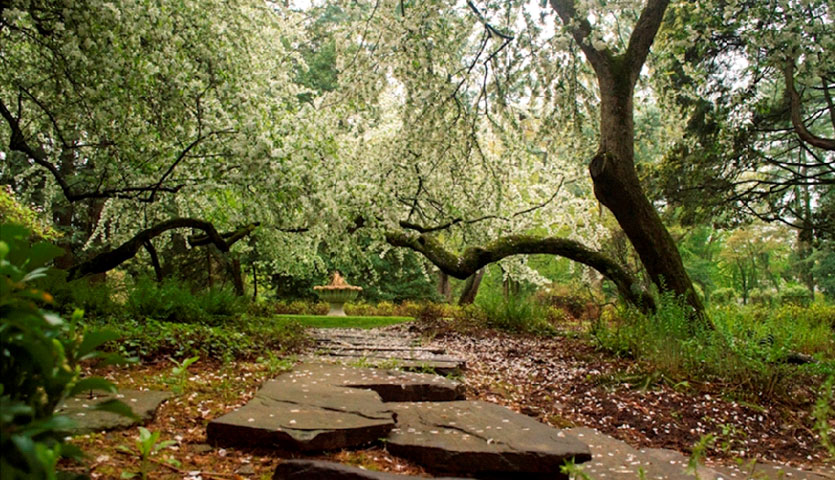HOW RESTORING DEGRADED NATURAL LANDS
CAN BE HIGHLY EFFECTIVE ON THE GLOBAL CRISIS

Natural landscapes all over the world are being damaged by human exploitation, with three-quarters of all vegetated land now bearing a human imprint. Despite this, only 1% of the finance devoted to the global climate crisis goes to nature restoration.
According to research published in the journal ‘Nature’; if a third of the planets most degraded areas were restored it would result in carbon stores equating to half of the all human caused greenhouse gas emissions since the industrial revolution. This would prevent 70% of predicted species extinctions.
A study done by scientists in Brazil, Australia & Europe found that such “nature-based solutions” were one of the most effective and cheapest ways of to combat the climate crisis whilst also boosting dwindling wildlife populations.
The study identified scores around the world where such interventions would be most effective. Many of them were in developing countries, but every continent had its hotspots.
According to the lead author of the study Bernardo Strassburg, of the Pontificial Catholic University of Rio de Janeiro, the scientists were surprised by the magnitude of what they found and the huge difference that restoration could make.
Strassburg stated, “If restoration is not properly planned it could lead to a risk to the agriculture and the food sector, but if done properly it can increase agricultural productivity. We can produce enough food for the world and restore 55% of our current farmland, with sustainable intensification of farming.”
The most favoured “nature-based solution” at present is planting trees. However, this study stated that this is not always an appropriate way of preserving biodiversity and storing carbon. According to scientists of the study, planting trees in areas where forests did not previously exist will mitigate climate change but at the expense of biodiversity. Peatlands, Wetlands and Savannahs also provide habitats for a of wealth species and if well looked after can store vast amounts of carbon.
Nathalia Pettorelli, a senior researcher at the Zoological Society of London, who was not involved in the study said: “This paper provides further scientific evidence that ecological restoration is a sensible and financially viable solution to address the global climate and biodiversity crises. How ecosystems will be restored is however as important as where and how much will be restored. Ensuring that the best science is used to make decisions about how to restore each local ecosystem will be key.”
This study indicates that we could make massive impacts on the reduction of species and increase in atmospheric carbon dioxide by restoring natural landscapes.
Scientists have set a target of restoring 15% of ecosystems around the world however the global community needs to commit to this pact as well.
Bronwyn Reid | 4t Consultants
03 | 02 | 2021

